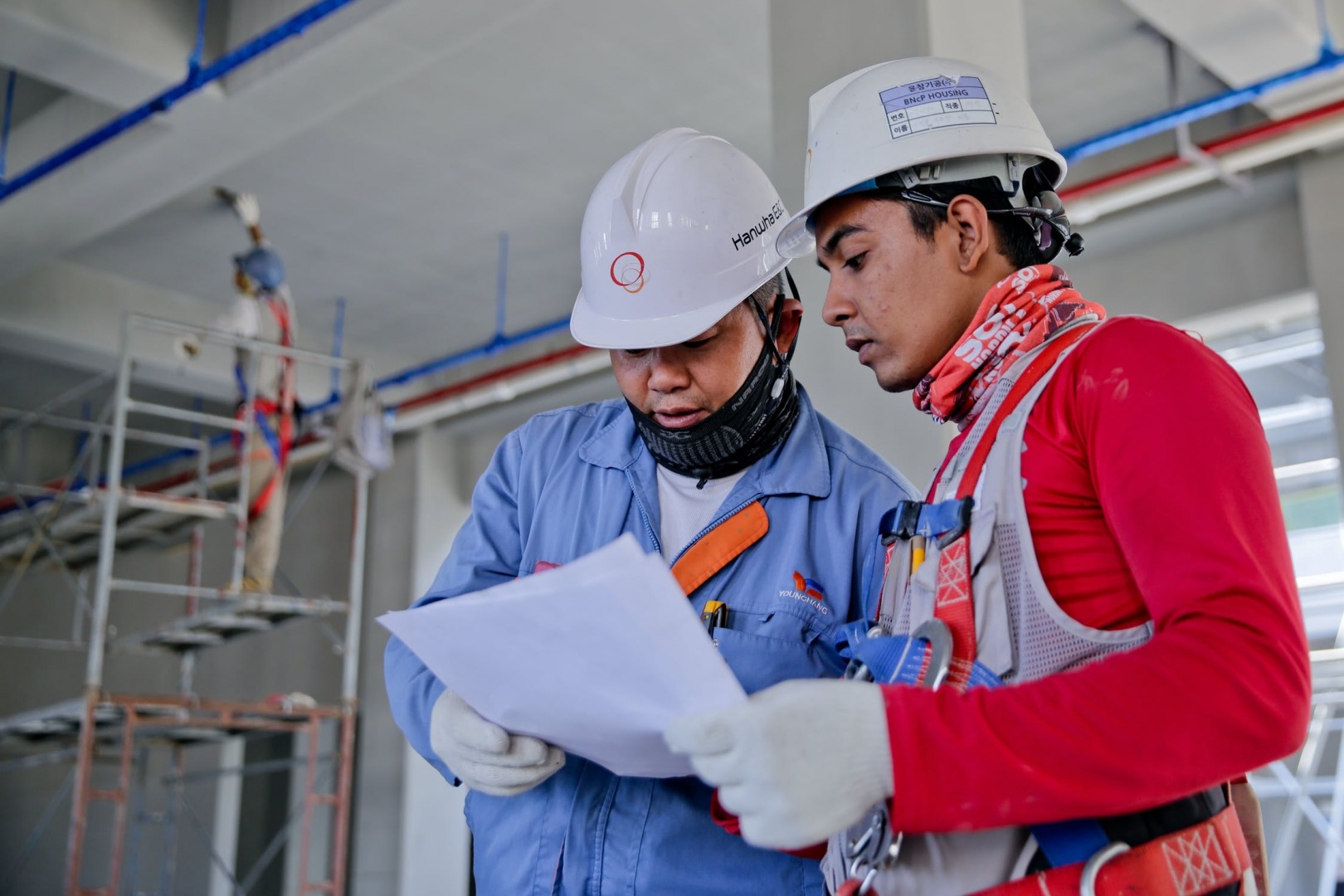Whether it is a global pandemic or everyday disruptions, most of us default to reaction and agility when faced with a crisis.
For many, reactionary behavior is all they know; the only option in dealing with disruption is to find the nearest metaphorical fire extinguisher and cauterize the problem immediately. However, in our current COVID-19 world, agility and reactionary behavior is even less productive than it was before.
Digital disruptions were already going through the roof and are now accelerated even further as the Internet of Things (IoT), 5G connectivity, and groundbreaking innovation in a multitude of industries debuted as a way to respond to COVID-19 and the subsequent global shutdown.
And don’t think for a second that it is only white-collar jobs being digitally disrupted; the trades, manufacturing, and industry are in the hot seat like never before. We’ve seen it happen in robotic arms assembling motorcycles at Harley Davidson, augmented reality (A.R.) in supply chain management, and most recently, a 3D-printed home in New York.
Construction Has Gone Digital
You heard me right; the same technology that has 3D-printed everything from action figures to a synthetic hand for an amputee just successfully 3D-printed a 1,400-square-foot home in rural New York.
If that doesn’t turn heads in the blue-collar world, I don’t know what will!
As a consumer, you likely have many questions regarding the structural integrity of a home that has been printed, or you might be wondering how much of the home was printed. Rest assured, this house is not made from plastic polymer; the printers use concrete to lay a footing, the foundation, and then the interior and exterior walls.
Essentially, this home is a rock-solid structure that is 50% of the cost of a traditionally built home.
Should We Fear Automation in Construction?
Absolutely not, and here’s why.
Physically, the structure is being constructed by a multitude of large 3D printers over the course of six to eight hours, but the engineering behind it and other mechanical features, such as plumbing, electrical, and finish work, are all human.
I recently wrote an article about the “soft skills,” or the art side, of every career, and this is a good example of where it applies. A digital advancement like additive manufacturing in the construction world may disrupt the status quo of several carpenters; however, using my Anticipatory mindset to pre-solve problems you as a carpenter will face in this new frontier reveals entirely new opportunities in your career!
A 3D printer is not a sentient being; it needs you to tell it what to do correctly. In a way, this breakthrough is no different than a time when heavy machinery that moves heavy materials replaced hundreds of humans doing it. A bucket loader or skid steer needs a human being to operate it, even if those eventually become somewhat autonomous themselves.
Anticipation and Agility
Truth be told, we cannot predict the future flawlessly. There will always be the need to be agile and reactionary.
The pandemic has leveled the playing field and, as mentioned before, accelerated digital disruptions by way of companies finding cost-saving measures to bounce back and, in some cases, stay afloat during the uncertain future.
What those companies are doing is implementing my Anticipatory Organization Model by paying attention to the Hard Trends shaping the future of both their industries and the vast world outside of their day-to-day operations. Hard Trends are future certainties, and when you base your actions on certainty, it is far lower risk than relying on uncertainty, which is what Soft Trends are based on, and is open to influence. It is a simple cognitive act of asking yourself, What can we be certain about in our future?
However, companies’ initial realization of evident digital disruptions heading their way is reactionary. Therefore, I’m not saying you must eliminate agility and reactionary behavior entirely from your workflow; that’s an impossibility. What I’m encouraging you to do is to act; when you research the Hard Trends taking shape, move beyond just reacting to them negatively and apply my Anticipatory Organization model to stay ahead of the curve before disruption hits home.
Stay Ahead of Disruption
Disruption, whether a pandemic or digital transformation of even the most non digital industries, is actually an opportunity to move beyond success into significance.
In the 3D-printed house example, construction companies are observing a few different Hard Trends: the pandemic will end, we will be in a different world financially, and digital technology is becoming a Both/And solution to saving money and improving the lives of humankind.
Therefore, they are staying ahead of the curve by using that knowledge to pre-solve problems their traditional contractors face and are seeing an opportunity to build structurally sound houses for the younger generations looking to buy in a time in history we haven’t seen in over a century.
If the construction industry can be anticipatory with its operations, how can you apply it to yours? Sign up today for my Anticipatory Leader System to learn how you can leverage disruption and change to your opportunity and advantage today!



Leave your comments
Post comment as a guest